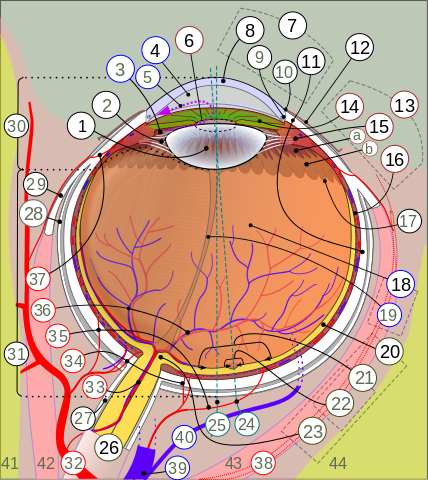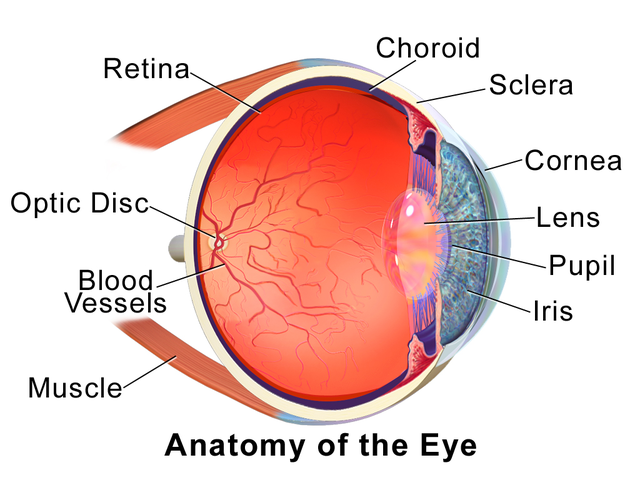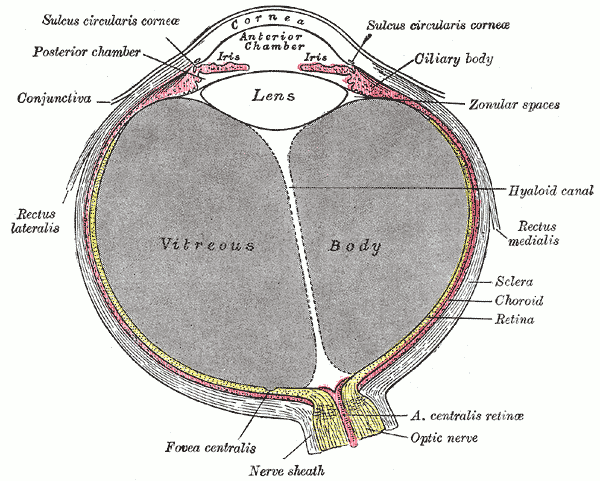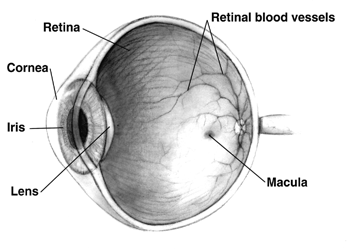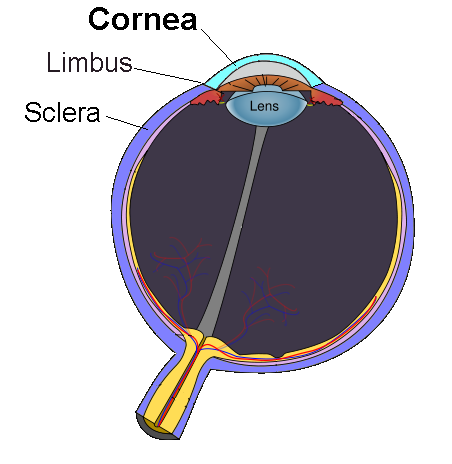We just learned about the Eye Movement.
Another part of the eye is the Opthalmic Artery.
This is what brings the blood up to all of the different parts of the eye.
There are a lot of other arteries that come out of this artery, like the central retinal artery, lacrimal artery, posterior ciliary arteries, muscular branches, supraorbital artery, ethmoidal arteries, medial palpebral arteries and terminal branches.
That's a lot of different arteries for such a small part of the body, but the eye has so many different things going on that there it needs blood in each different place!

(from: wikipedia - opthalmic artery)
Kid Facts - Blast from the past: Oral Mucosa







